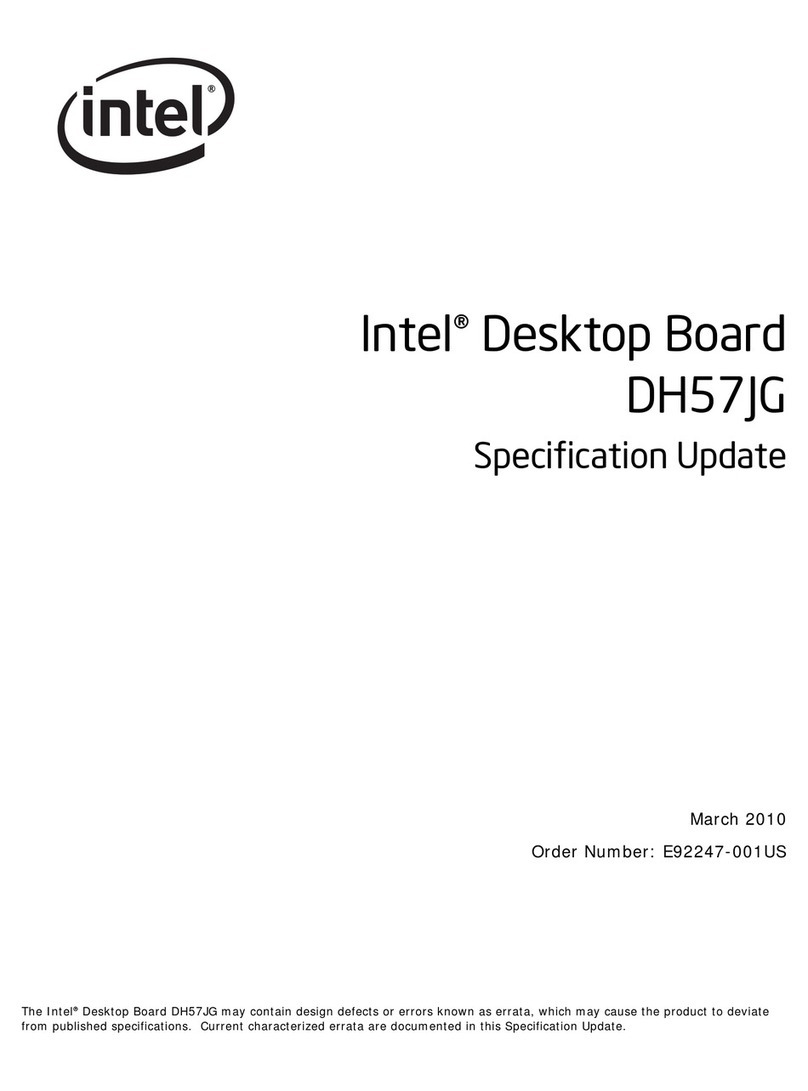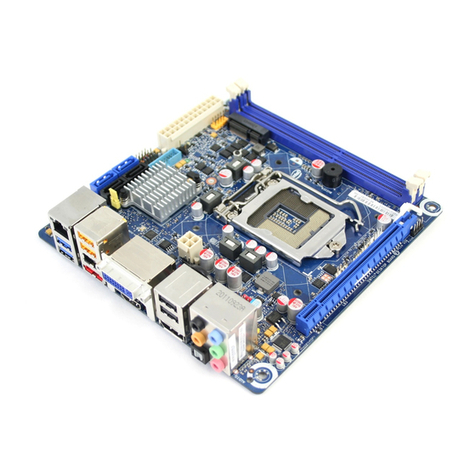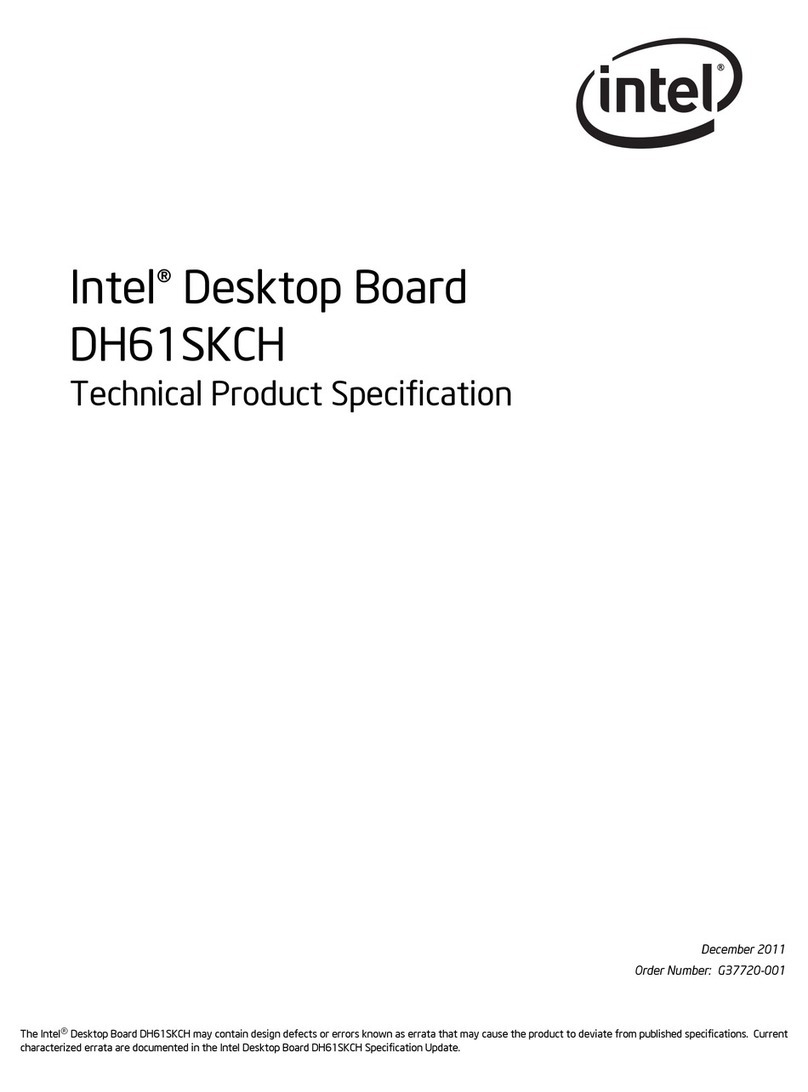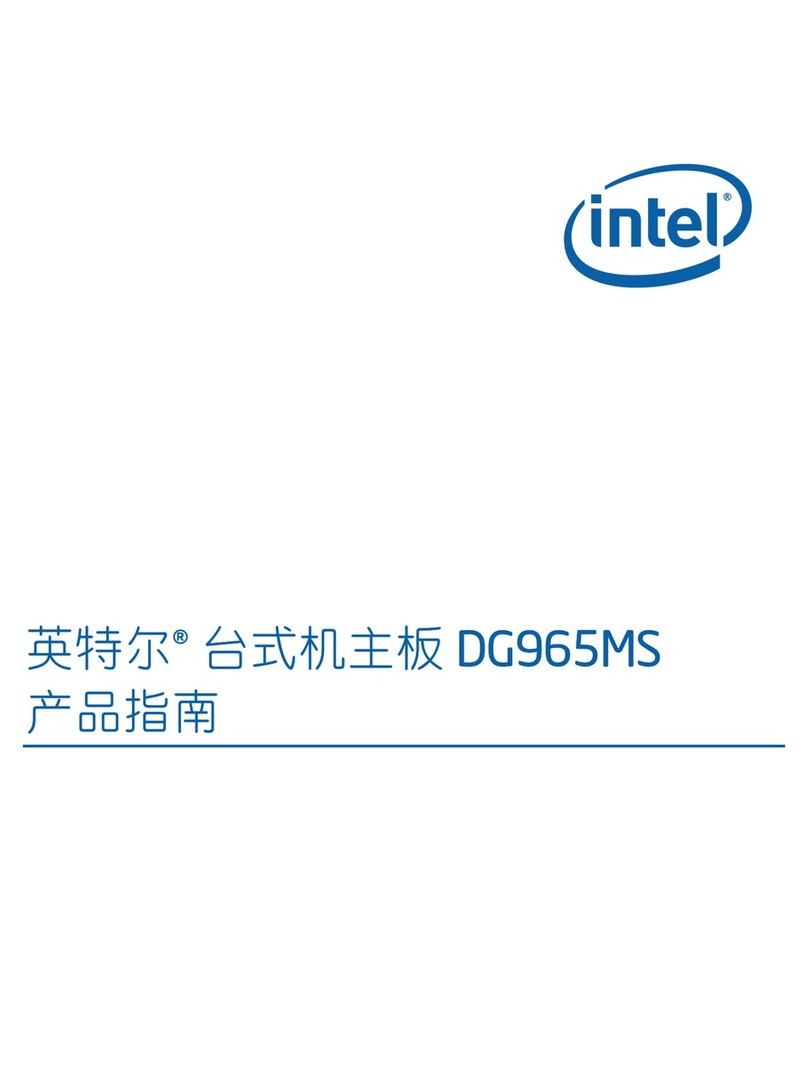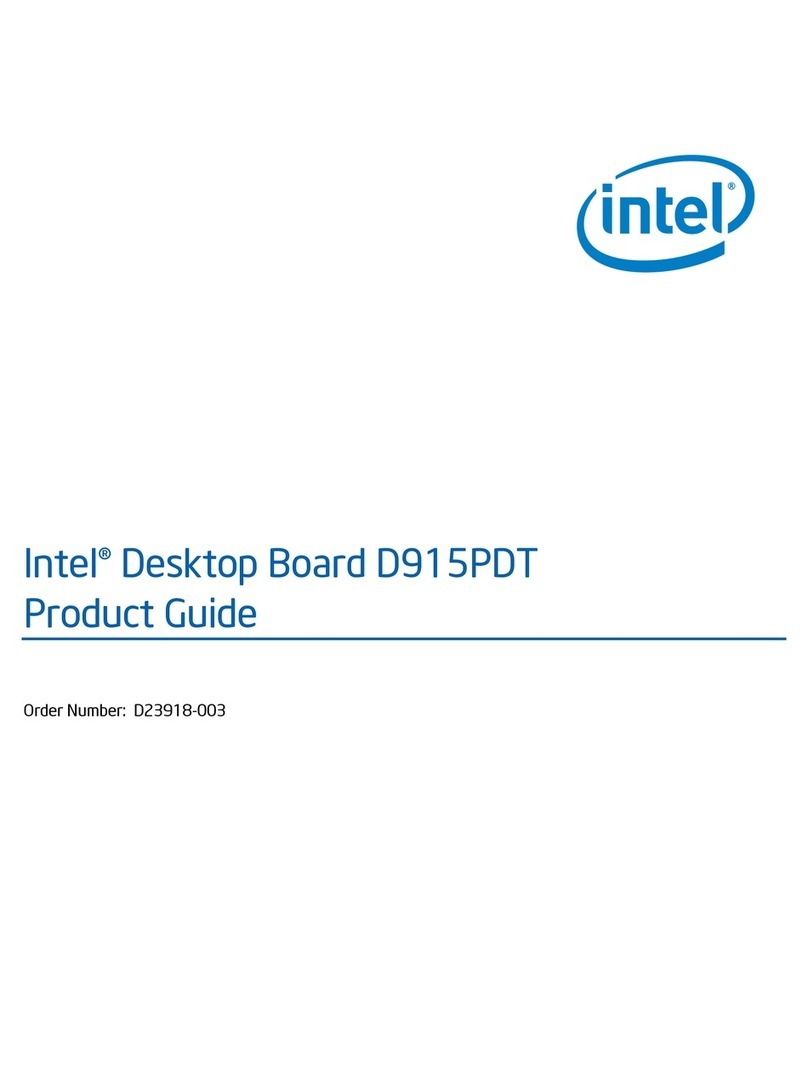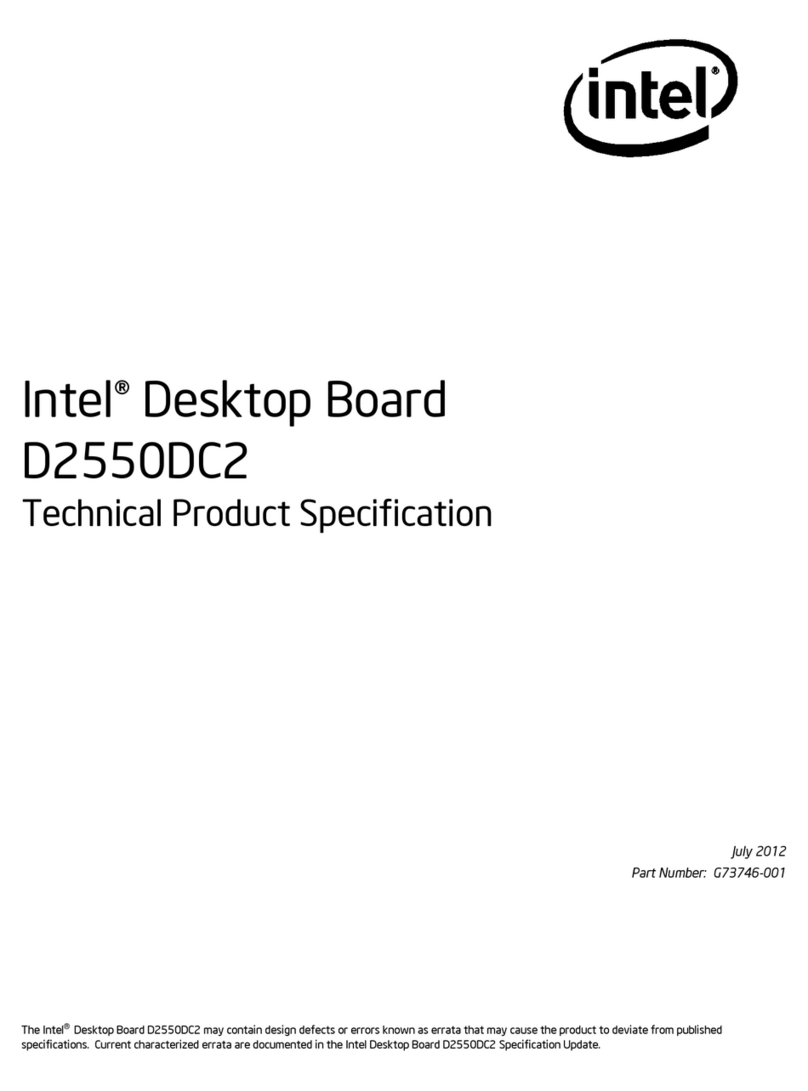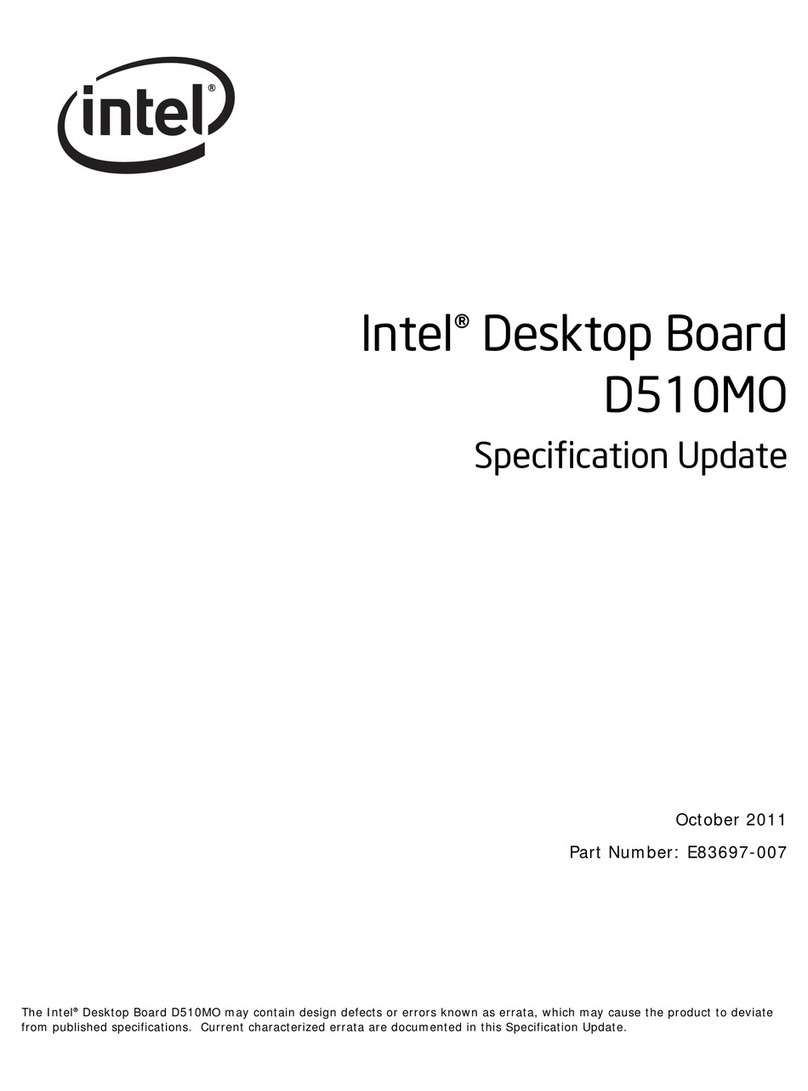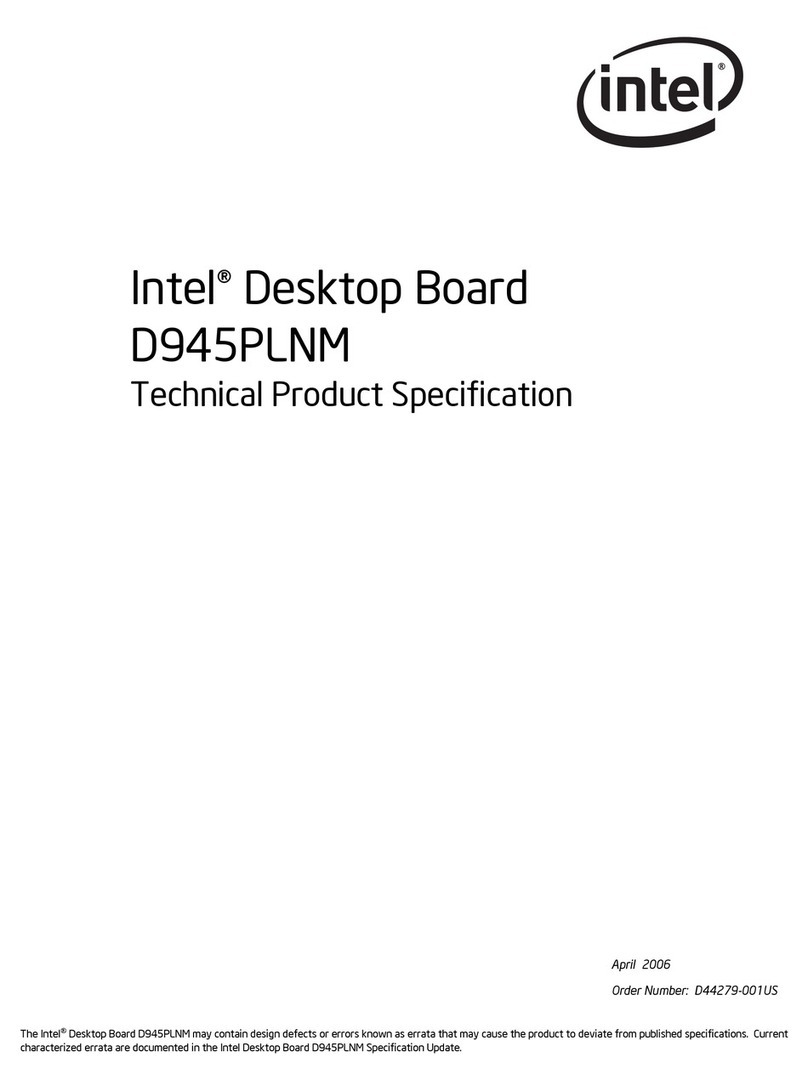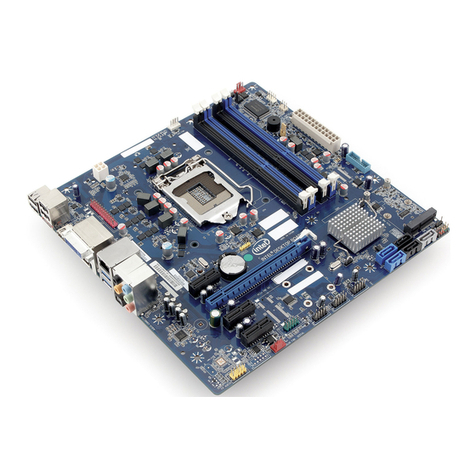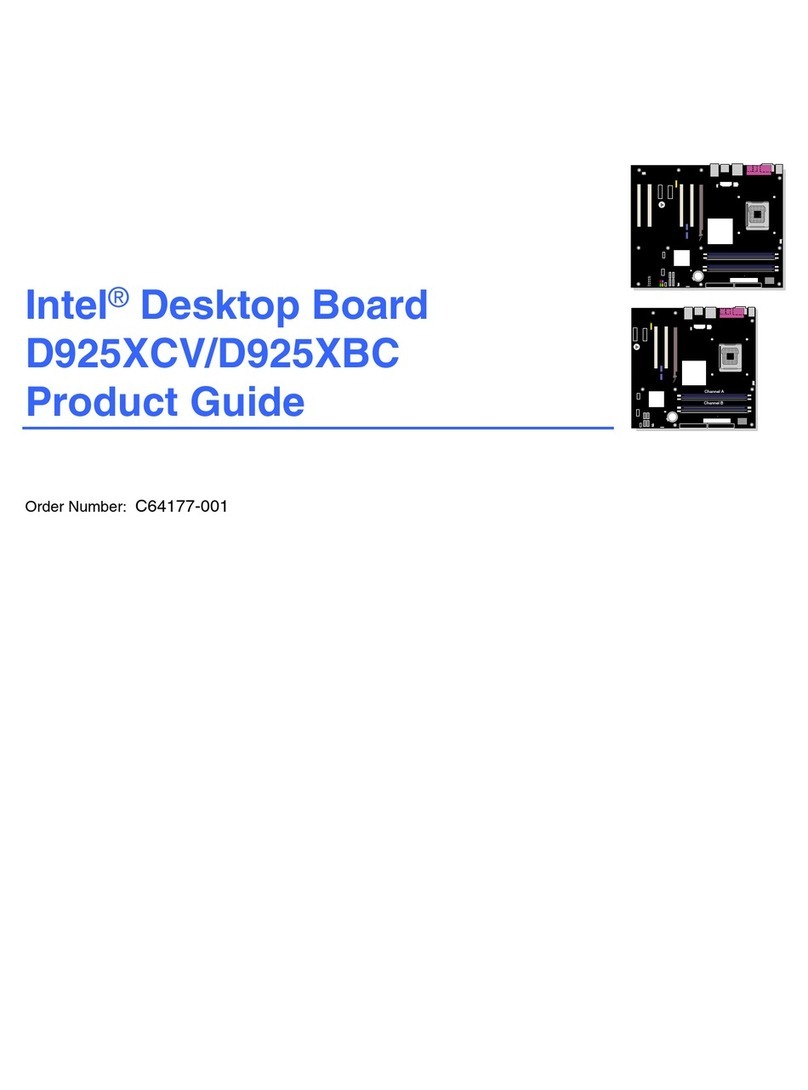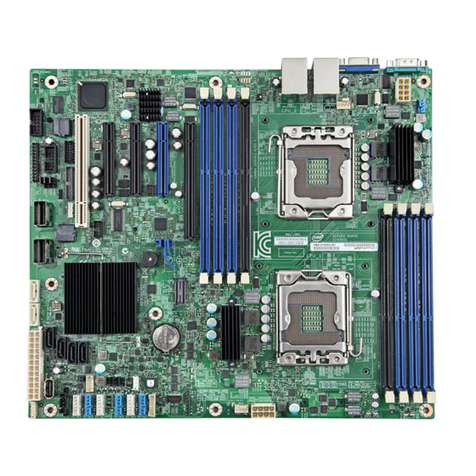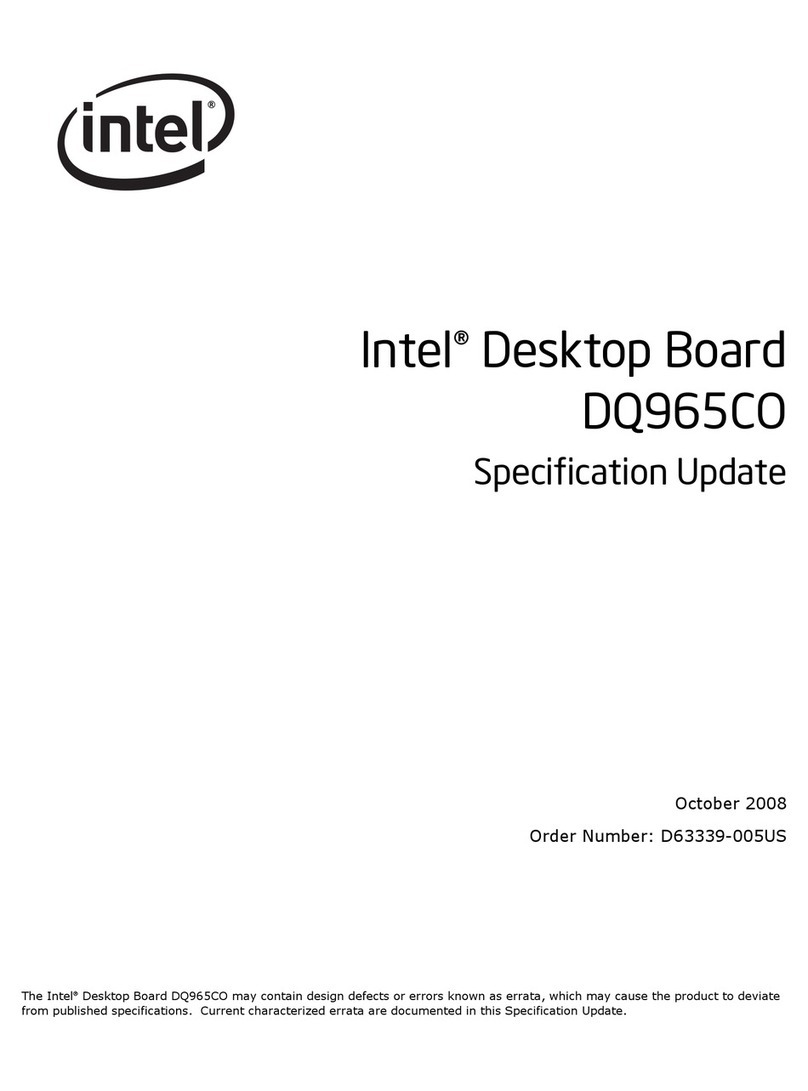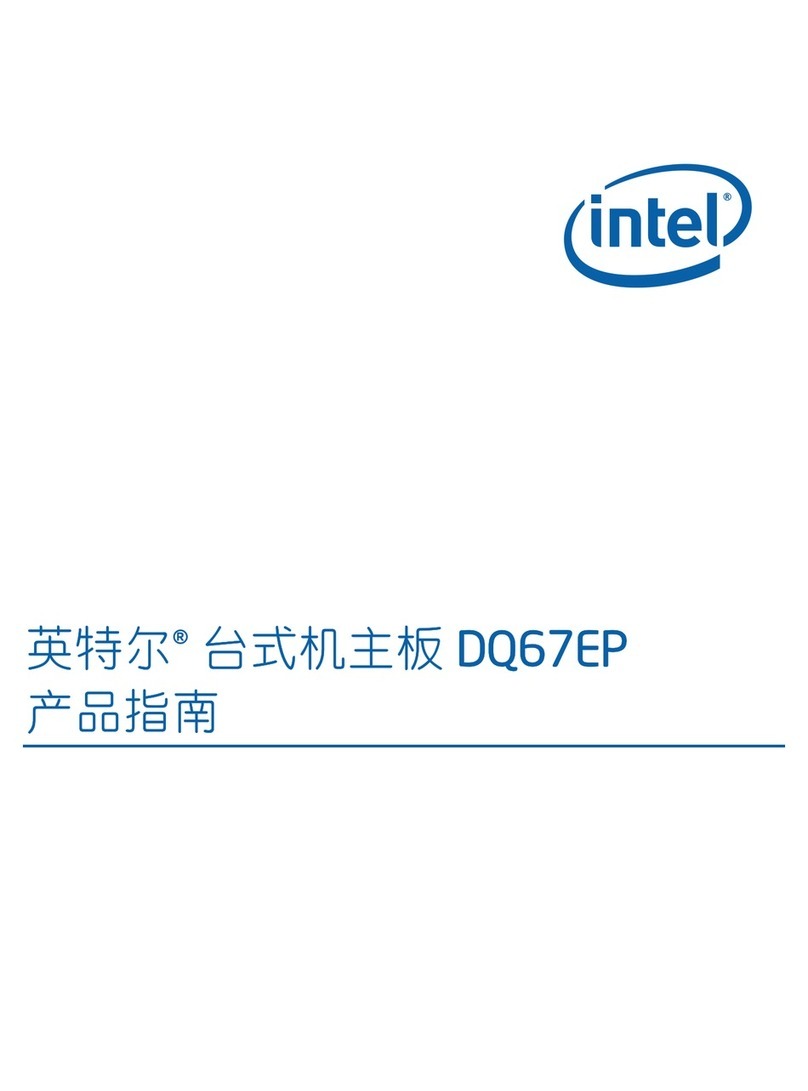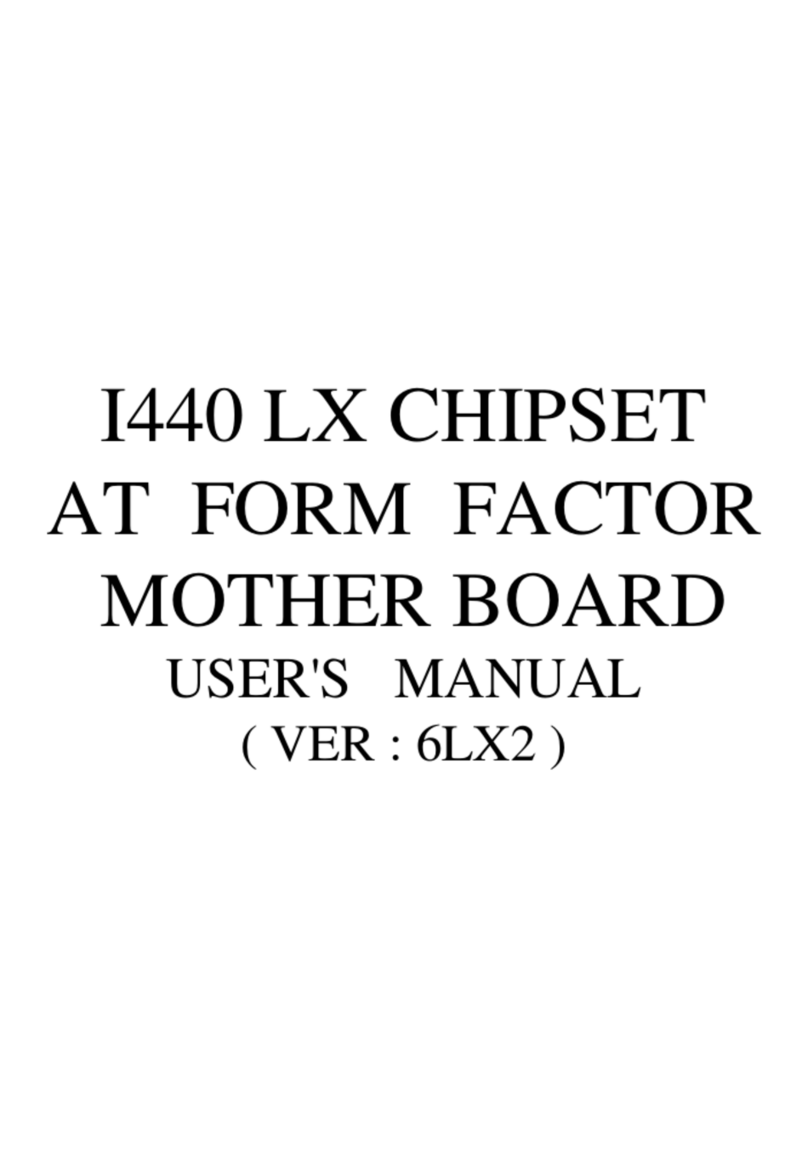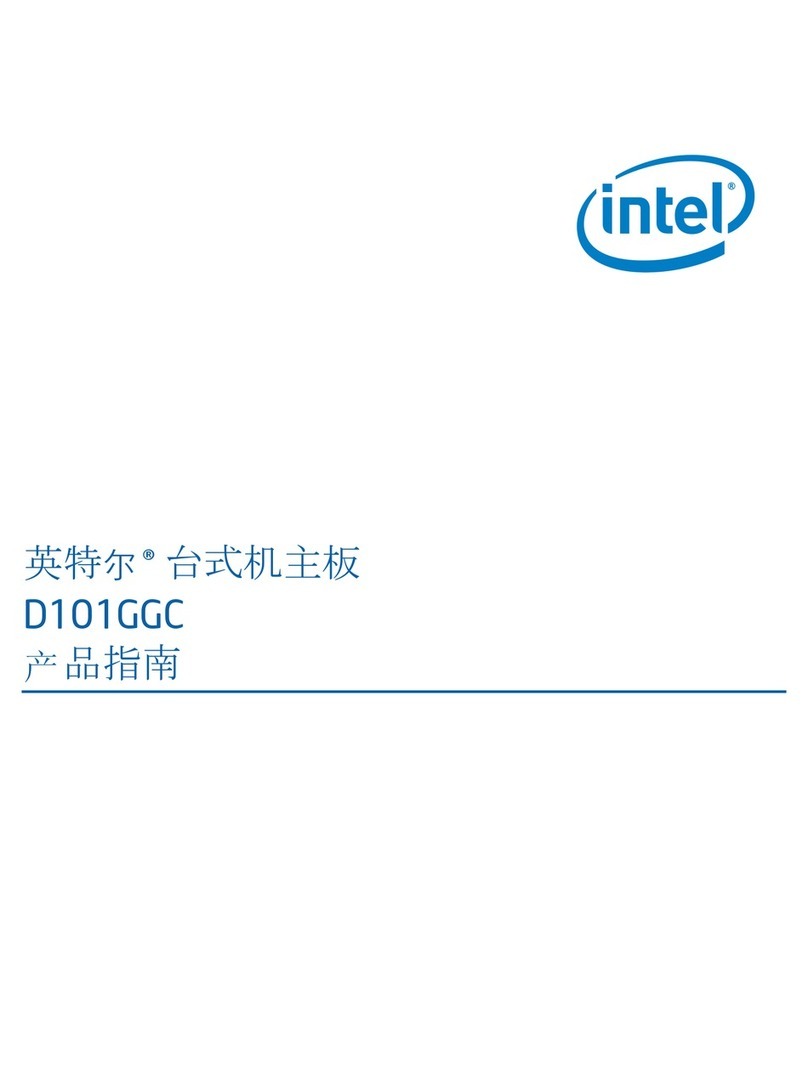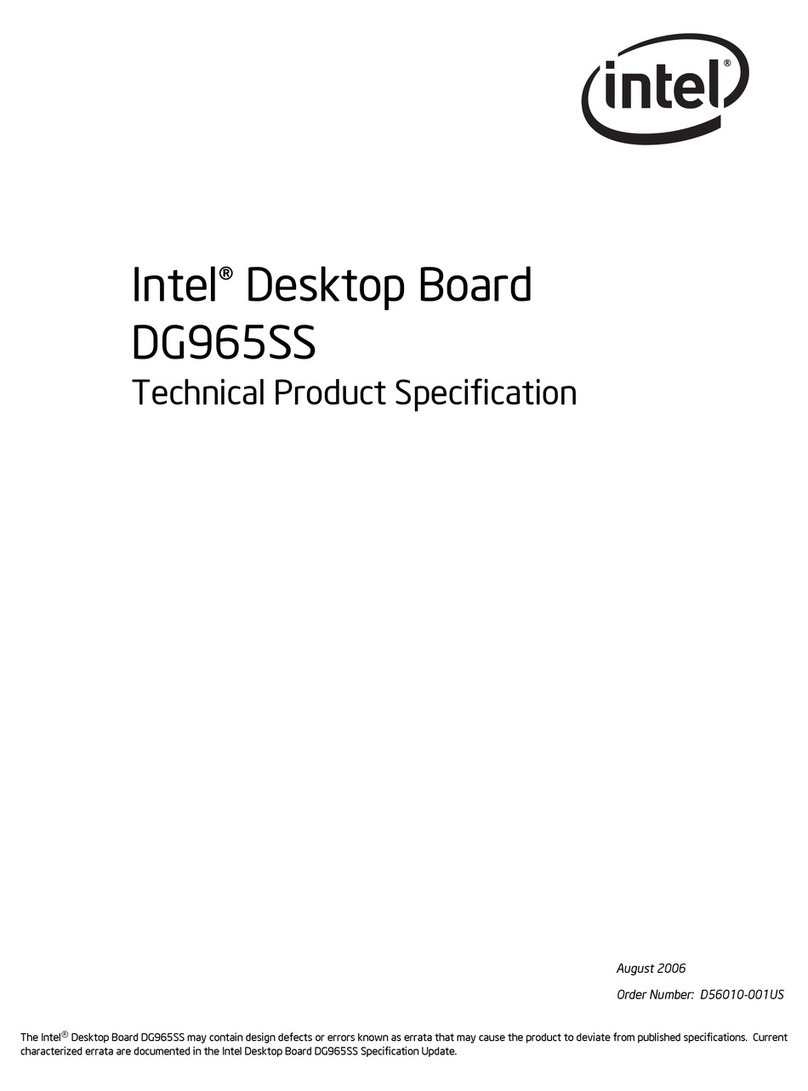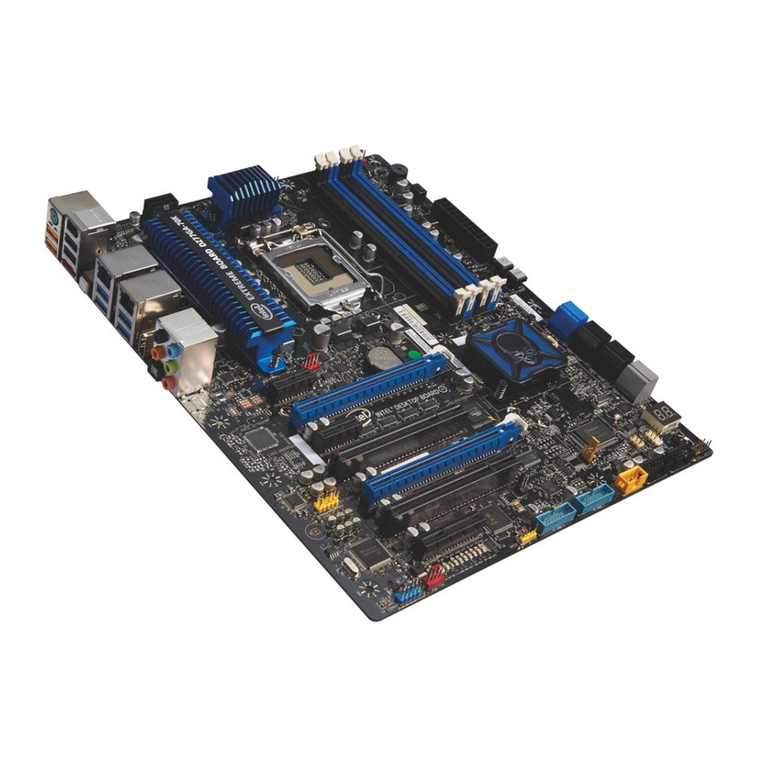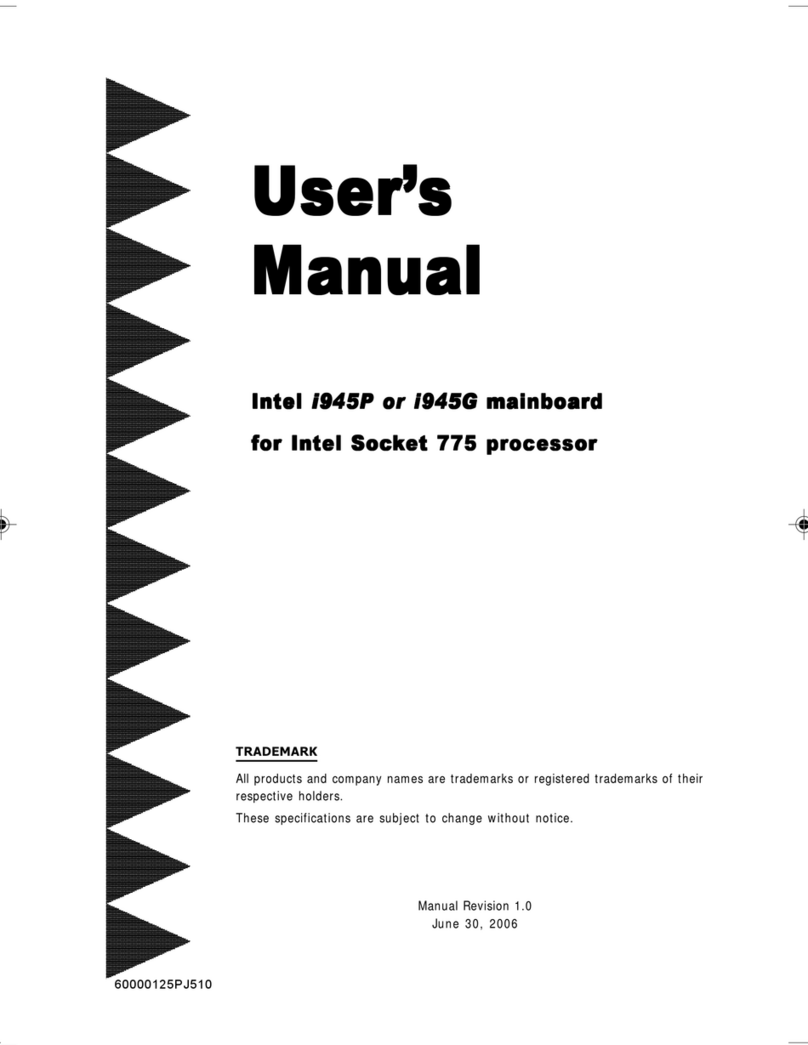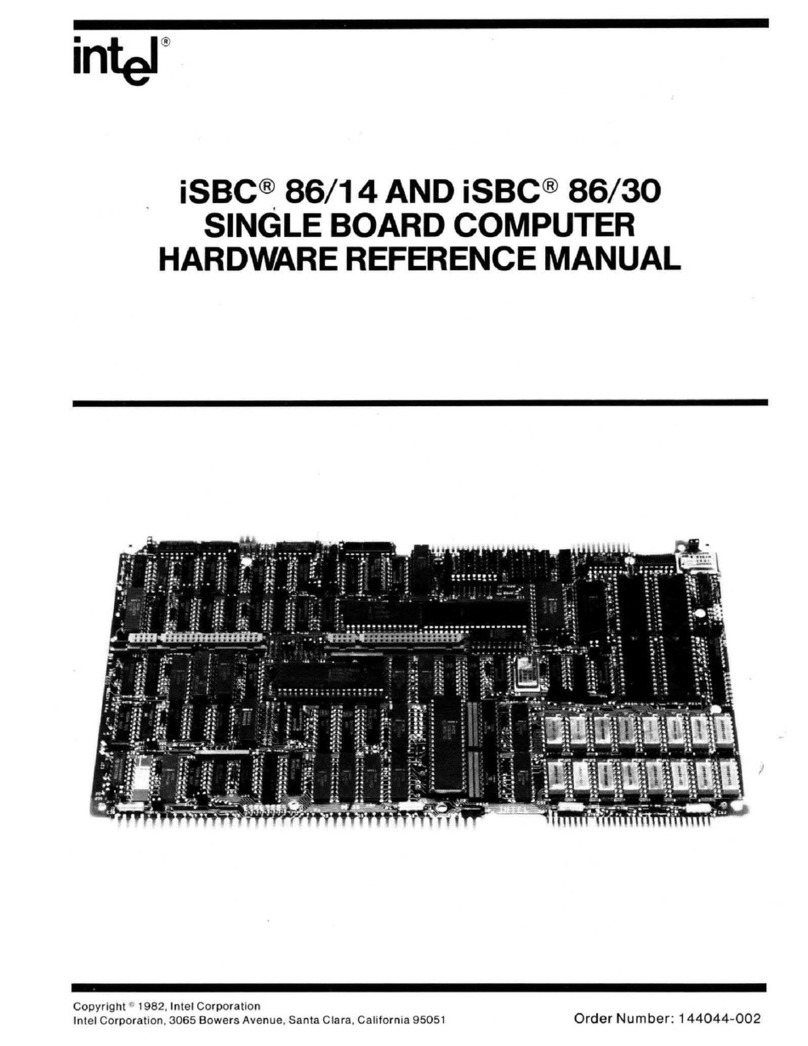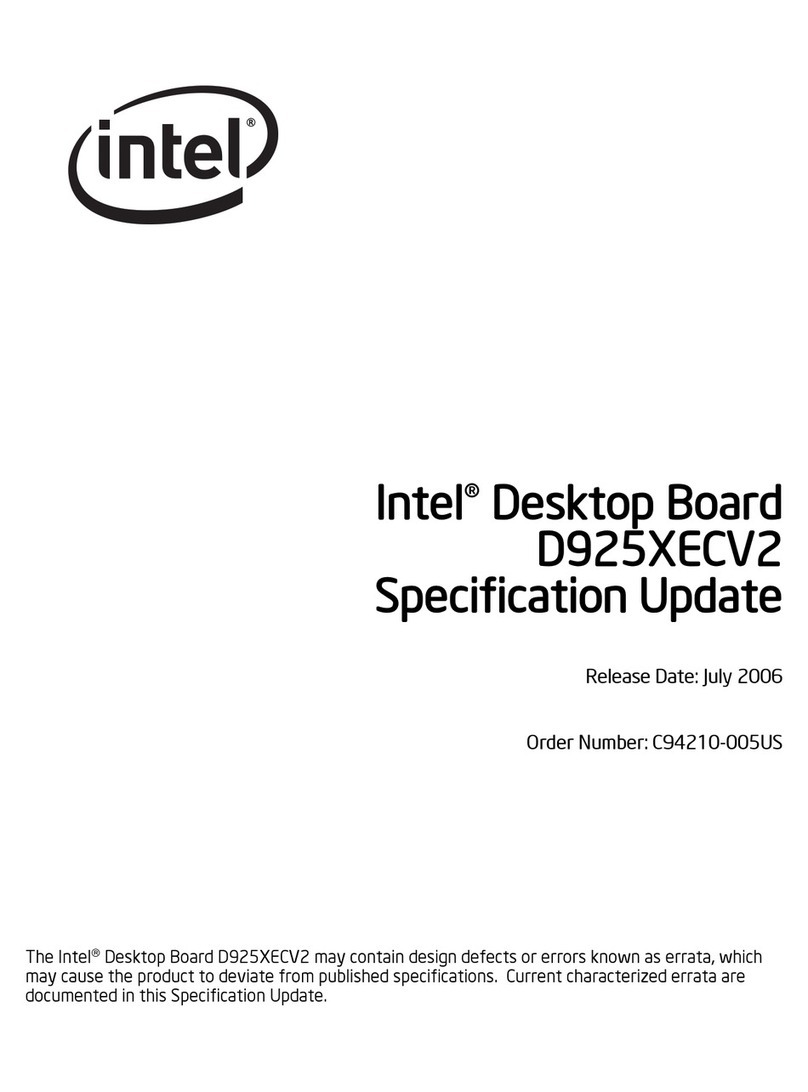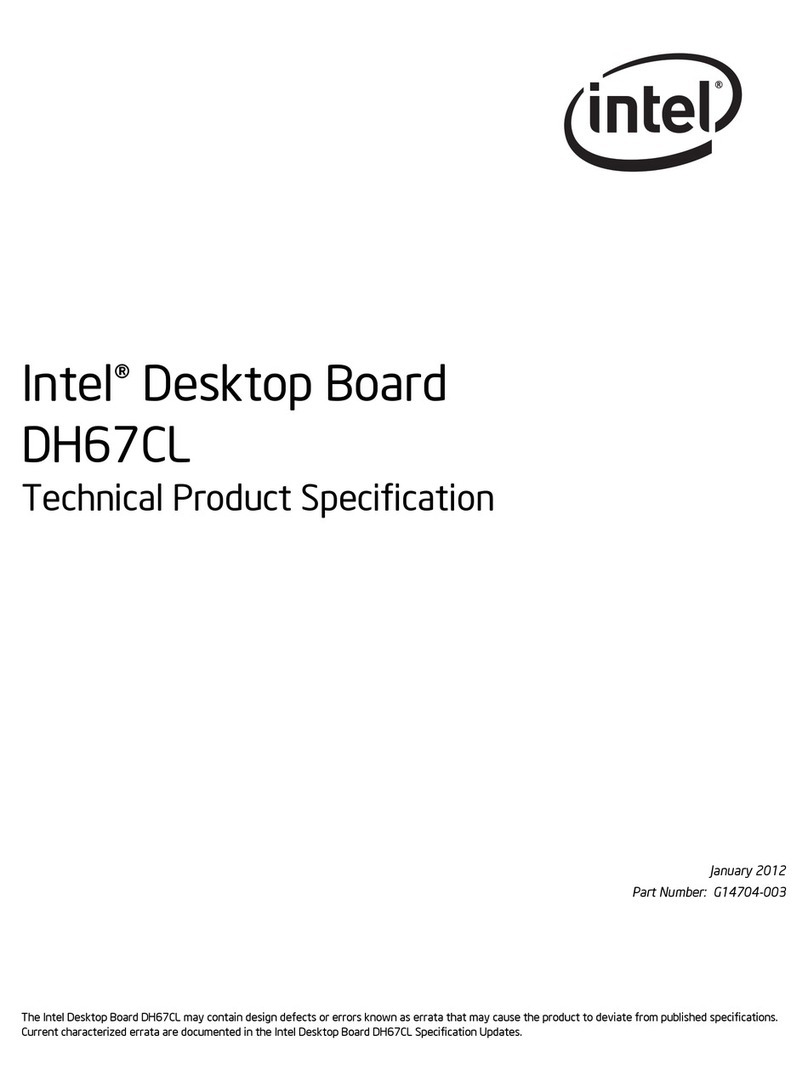
Intel Desktop Board D2500CC Technical Product Specification
viii
2.5 Electrical Considerations.................................................................... 58
2.5.1 Fan Header Current Capability ................................................ 58
2.5.2 Add-in Board Considerations................................................... 58
2.6 Thermal Considerations..................................................................... 58
2.6.1 Passive Heatsink Design in a Passive System Environment ......... 60
2.7 Power Consumption .......................................................................... 63
2.7.1 Minimum Load Configuration................................................... 63
2.7.2 Maximum Load Configuration.................................................. 63
2.8 Reliability......................................................................................... 64
2.9 Environmental.................................................................................. 64
3Overview of BIOS Features
3.1 Introduction..................................................................................... 65
3.2 BIOS Flash Memory Organization........................................................ 66
3.3 Resource Configuration ..................................................................... 66
3.3.1 PCI* Autoconfiguration .......................................................... 66
3.4 System Management BIOS (SMBIOS) ................................................. 67
3.5 Legacy USB Support ......................................................................... 68
3.6 BIOS Updates .................................................................................. 69
3.6.1 BIOS Recovery...................................................................... 69
3.6.2 Custom Splash Screen ........................................................... 70
3.7 Boot Options.................................................................................... 70
3.7.1 Optical Drive Boot ................................................................. 70
3.7.2 Network Boot........................................................................ 70
3.7.3 Booting Without Attached Devices ........................................... 71
3.7.4 Changing the Default Boot Device During POST......................... 71
3.8 Adjusting Boot Speed........................................................................ 71
3.8.1 Peripheral Selection and Configuration ..................................... 71
3.8.2 BIOS Boot Optimizations........................................................ 72
3.9BIOS Security Features ..................................................................... 73
4Board Status and Error Messages
4.1 BIOS Beep Codes ............................................................................. 75
4.2 Front-panel Power LED Blink Codes..................................................... 76
4.3 BIOS Error Messages ........................................................................ 76
4.4 Port 80h POST Codes ........................................................................ 77
5Regulatory Compliance and Battery Disposal Information
5.1 Regulatory Compliance...................................................................... 83
5.1.1 Safety Standards................................................................... 83
5.1.2 European Union Declaration of Conformity Statement ................ 84
5.1.3 Product Ecology Statements ................................................... 85
5.1.4 EMC Regulations ................................................................... 87
5.1.5 ENERGY STAR* 5.0, e-Standby, and ErP Compliance ................. 90
5.1.6 Regulatory Compliance Marks (Board Level) ............................. 91
5.2 Battery Disposal Information.............................................................. 92
